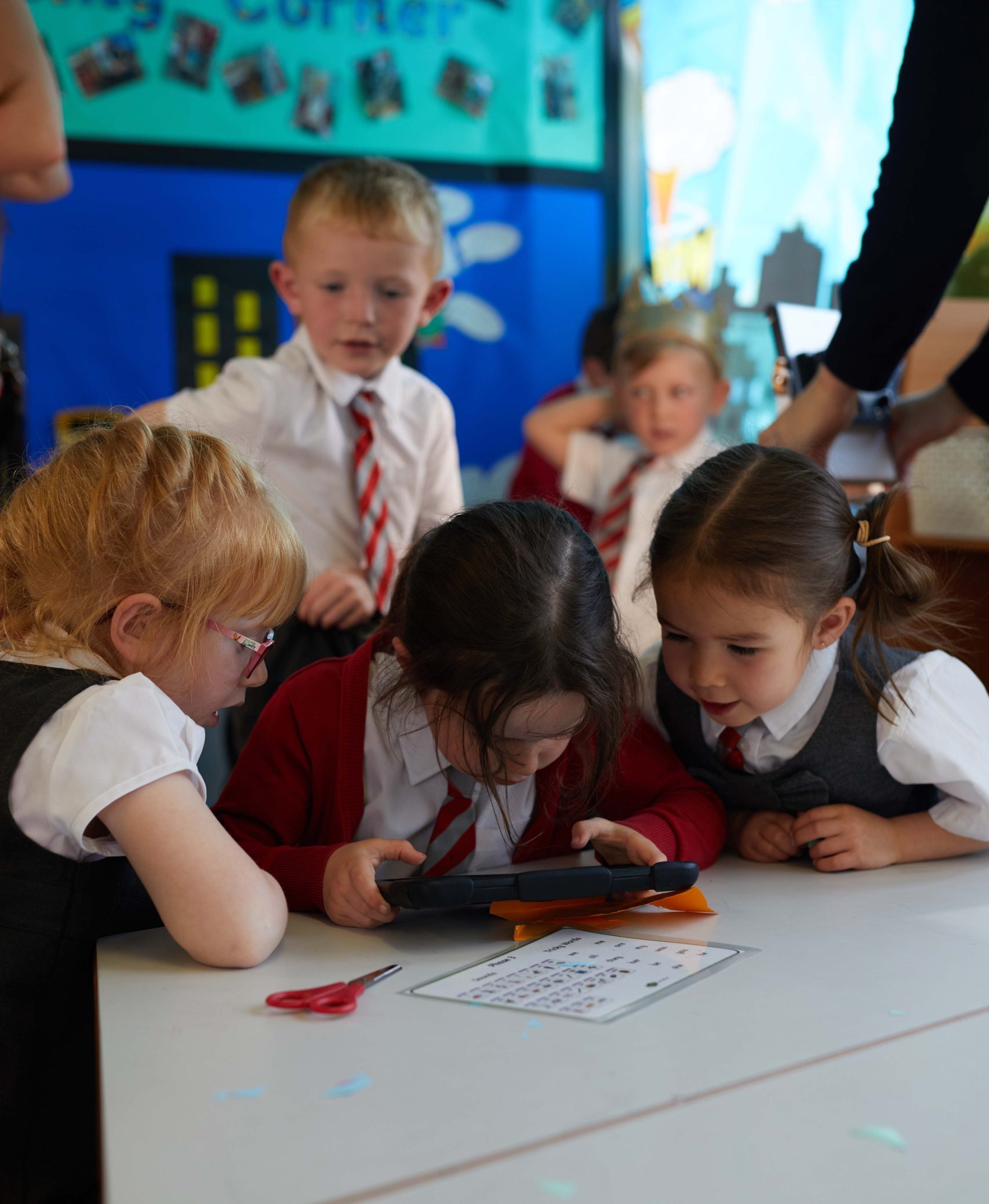In today’s digital age, technology has become an integral part of our daily lives, and education is no exception. With smartphones, computers, and tablets being prevalent in both students’ and teachers’ daily lives, leveraging technological devices in educational settings is a natural progression. Incorporating various forms of technology in the classroom fosters active engagement with learning objectives and facilitates differentiated instruction to cater to the diverse needs of students within the classroom
There is a common misconception that integrating technology in the classroom can be a financial burden for schools. However, students do not need their own laptops or tablets to take advantage of technology.
Teachers have an array of technological tools at their disposal to enhance classroom instruction, engage students, and facilitate learning. From interactive presentations to online games and homework assignments, here’s how teachers can use technology to create dynamic learning experiences in the classroom.








